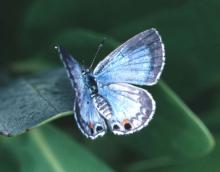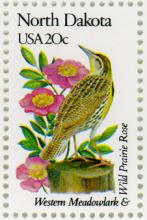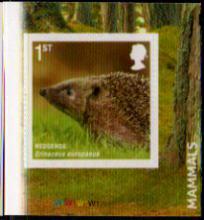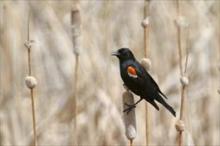The Miami Blue, a Butterfly on the Brink
- Read more about The Miami Blue, a Butterfly on the Brink
- Log in to post comments
The U.S. Fish and Wildlife Service took emergency action to list the Miami blue Cyclargus thomasi bethunebakeri as an endangered species, recognizing what butterfly-watchers in South Florida have known for decades: This nickel-sized butterfly is on the brink of extinction. Once common throughout South Florida, Miami blues have suffered near-total declines “for reasons that no one knows,” in the words of Jeffrey Glassberg, president of the North American Butterfly Association.










